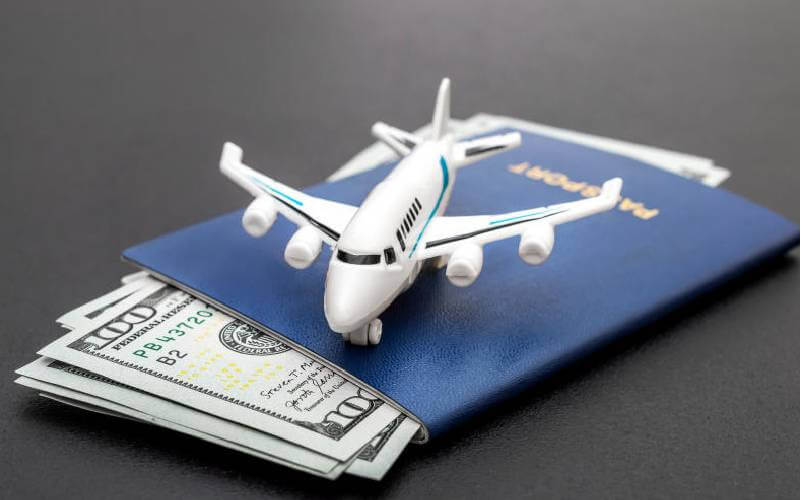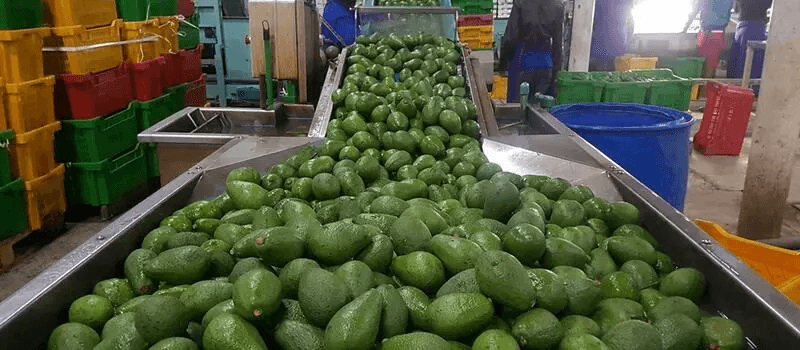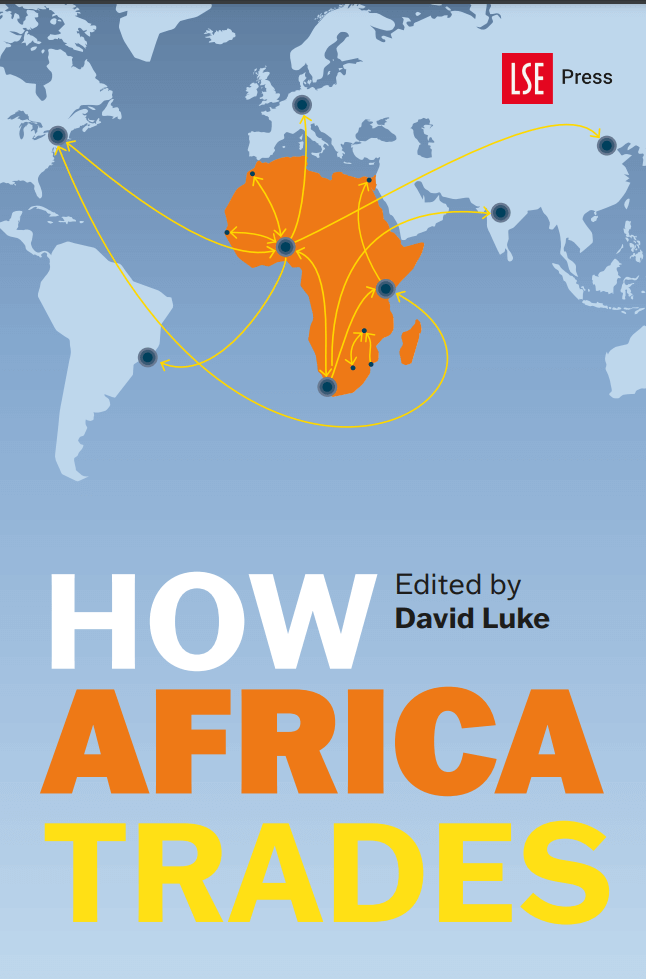While member countries have made huge progress in increasing intra-EAC trade, which has grown to $10.17 billion as of last year, numerous tariff and Non-Tariff Barriers (NTBs) still exist. The Northern Corridor Transit and Transport Coordination Authority (NCTTCA) have led the region in ironing out NTBs, while legislators put policies in place to address tariff issues. NCTTCA authority facilitates and promotes trade and transport to reduce regional business costs. The East African Community has a long history of cooperation stretching back to 1900 when a Single Customs Collection point was established at Mombasa. Still, Non-Tariff Barriers remain a challenge to trade. The first instance of regional integration dates back to 1917 between Uganda and Kenya. Tanganyika joined later in 1919. After independence, the East African Community was established in 1967, which due to several factors, collapsed in 1977. Notwithstanding the collapse, the East African Community recorded numerous successes, including policy, institutional and operational programmes. Acknowledging the centrality of regional integration to development, the Heads of State of Kenya, Uganda and Tanzania met in 1999. They signed a Cooperation Agreement culminating in a fully-fledged East African Community in 2000. The scope of the East African Community Treaty includes economic, social, cultural and political spheres. “The integration process is progressive starting with a Customs Union as the entry point followed by Common Market, Monetary Union and Political Federation,” the EAC secretariat notes. Challenges in trade While member countries have made huge progress in increasing intra-EAC trade, which has grown to $10.17 billion...
EAC member countries move to tear down non-tarrif barriers
Posted on: July 6, 2023
Posted on: July 6, 2023
























